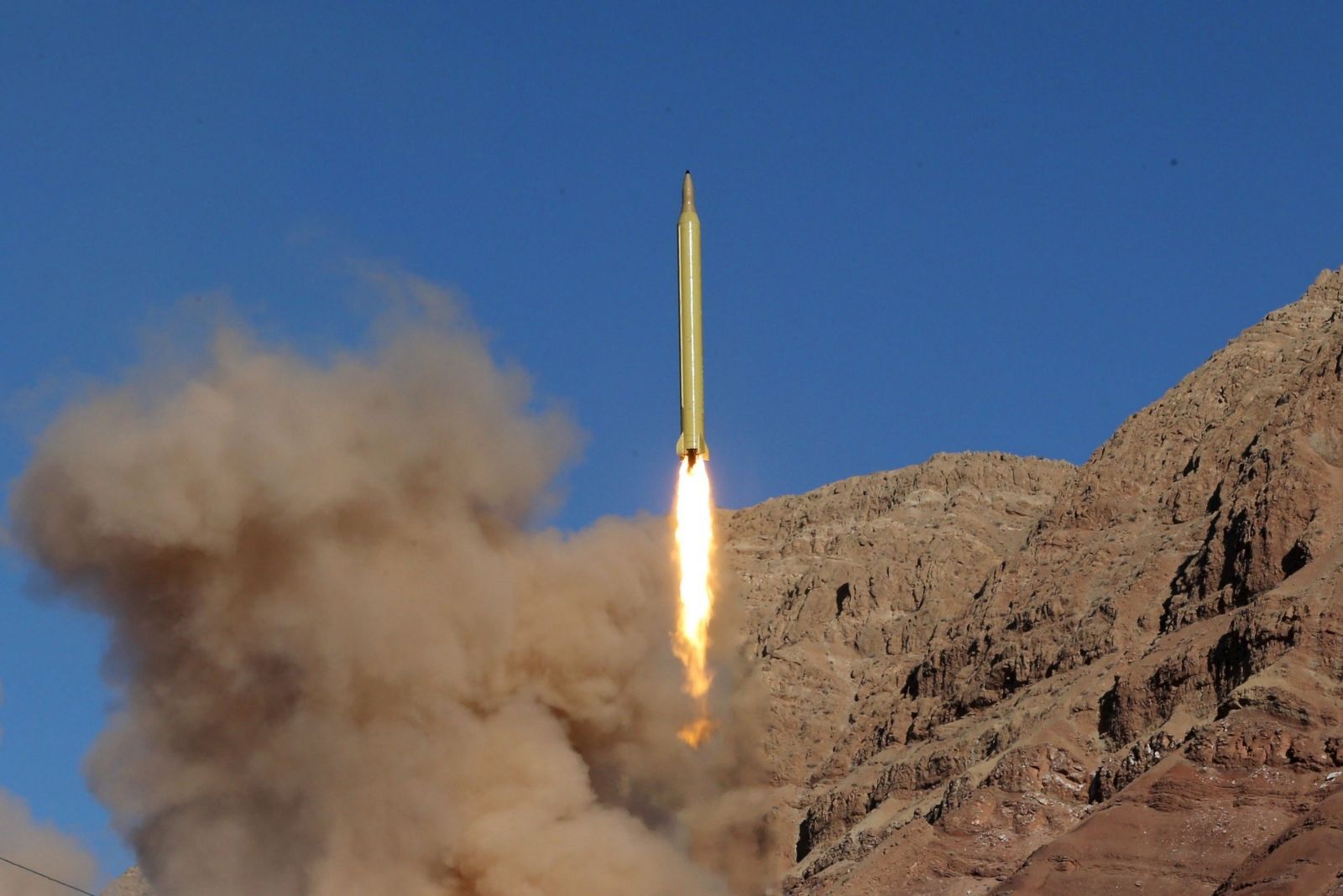Rand Corporation, International cooperation is needed to keep a new generation of advanced conventional weapons now under development from falling into the hands of terrorists, according to a RAND Corporation report issued today.
Such efforts should focus on making security forces aware of the emerging threats posed by the weapons and developing safeguards that would render the most potent of the weapons inoperable to anyone other than intended operators, according to researchers.
Among the weapons of concern are advanced mortar systems guided by global positioning systems and sniper rifles that can strike a target from up to 2 kilometers away.
“A new generation of advanced conventional weapons could pose serious security risks if they become part of terrorist arsenals,” said James Bonomo, the study's lead author and a senior physical scientist at RAND, a nonprofit research organization. “The good news is there is still time to rein in this threat before it fully develops.”
Researchers say nations that are developing the most-potent advanced weapons need to agree upon anti-terrorist strategies before production begins or they risk enabling terrorists to acquire and use the weapons in attacks, as has happened with shoulder-fired antiaircraft weapons.
Technologies that could discourage terrorists' use of the most-potent weapons include building in a “trusted component” such as a code that would be needed to operate the equipment. These weapons also could be built with expiration dates or geographic boundaries that would make them less appealing to terrorists, according to researchers.
Advanced conventional weapons are traditional tools of warfare that will become more lethal as they incorporate technological advances into future versions. Researchers identified five broad categories of weapons that would pose new and greater risks if they are acquired by terrorists.
The weapons are:
– Advanced mortar systems guided by global positioning satellites that could strike targets such as crowds or infrastructure from a long distance. These weapons pose the biggest threat among those studied because there is no effective counter technology for security forces.
– Sniper rifles with improved electronic instrumentation that would allow a relatively unskilled marksman a chance of striking a target up to 2 kilometers away – well beyond the area that security forces guarding an official would consider threatening today.
– Advanced infantry small arms that allow very accurate, short-range fire using grenades as well as some related advanced weaponry.
– Long-range antitank weapons that can destroy a vehicle from beyond 2 kilometers. New models of these weapons are more easily operated by someone with little training.
– Limpet mines (mines that are attached to a vessel) that particularly pose a threat to cruise ships and ferries. Conventional cargo and passenger inspections would not detect this threat.
Researchers say that all five types of weapons could enable attackers to surprise security forces. The attacks could come from far beyond any controllable security perimeter, could allow a high probability of escape for the terrorists, or could require only a single, small attack to be effective.
The first step in making the weapons less useful to terrorists is to raise awareness of the threat among security agencies, according to the report. Private groups such as operators of cruise ships and ferries also need to understand the threat and alter their security plans to account for the issue.
Some of the threats posed by advanced conventional weapons can be addressed with increased security measures such as improved inspections in harbors. But the riskiest weapons will require international agreements to build in anti-terrorist technology, Bonomo said.
Ultimately, terrorists may be able to overcome technological controls placed on the most-potent advanced conventional weapons, but doing so will require significant effort and altered weapons are likely to be unreliable, Bonomo said. Creating such obstacles should be enough to discourage terrorists from making use of the weapons, Bonomo said.
Read Full Report at RAND's website









